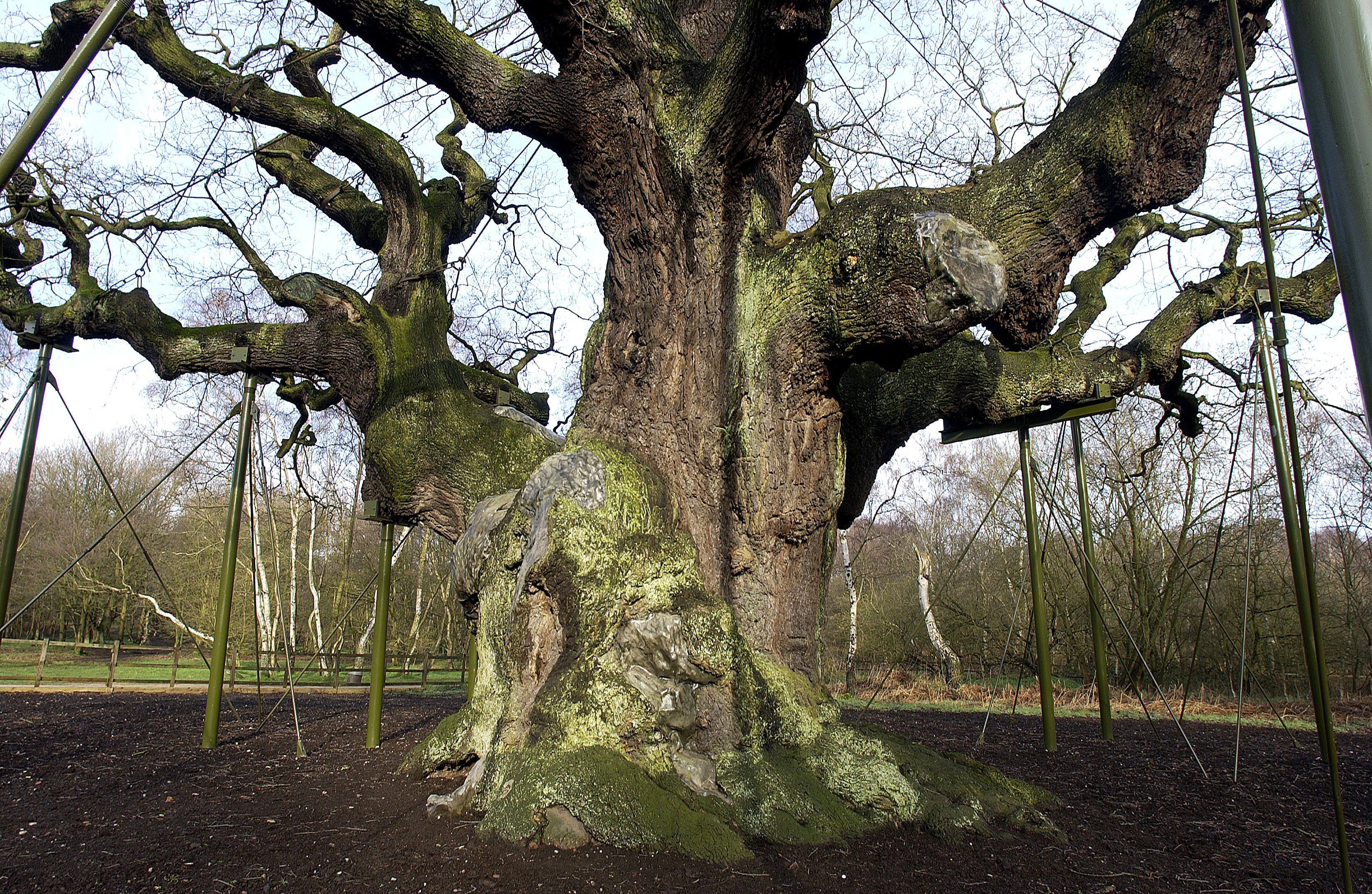Sweet chestnut
Sweet chestnut (Castanea sativa) is generally believed to have been introduced in Roman times and has long been planted in the UK.
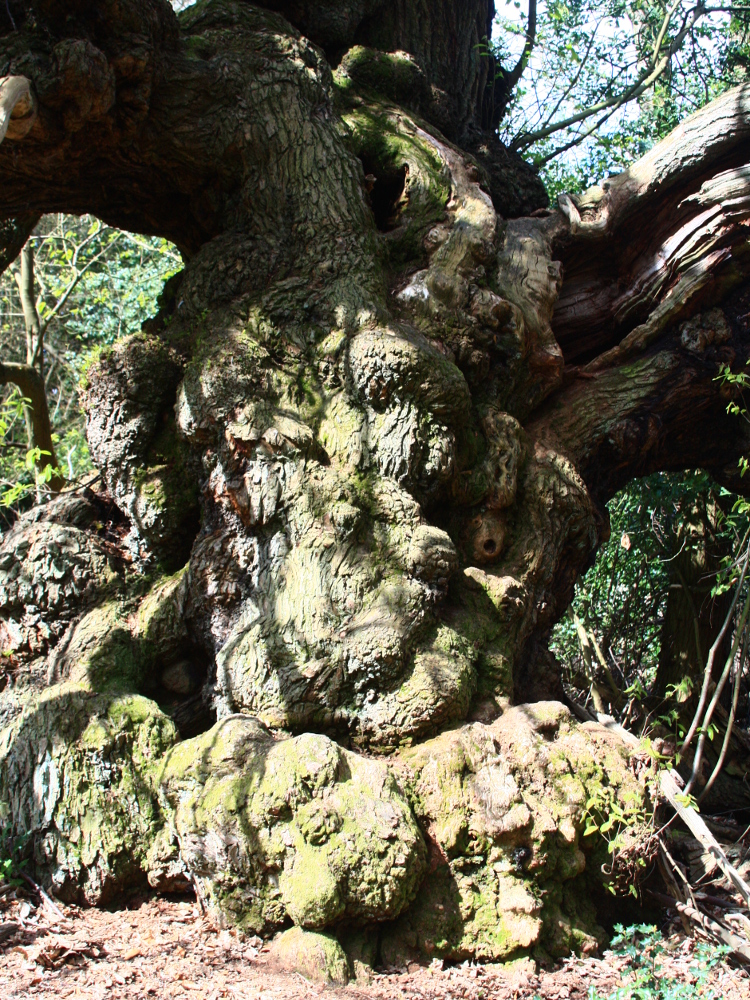
Ancient sweet chestnut. (Photo: Jim Smith-Wright/WTML)
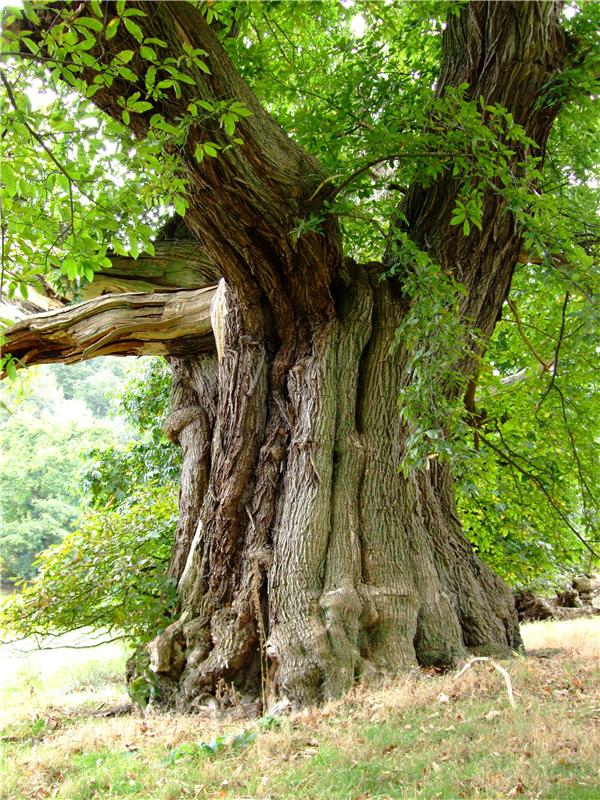
Veteran sweet chestnut. (Photo: David Alderman)

Notable sweet chestnut. (Photo: David Alderman)
Typical location
Parkland, designed landscapes, fields, woodland (often found as coppice) and wood pasture. Occasionally avenues, street trees and gardens.
Age
Sweet chestnut may be able to live for 1,000 years, although 600 may be more typical on many sites.
All sweet chestnut will be ancient from 400 years onwards, although many will have ancient characteristics from around 300 years.
Typically a veteran sweet chestnut will be 150-300 years of age and a notable sweet chestnut may be 100-200 years old.
Size
Sweet chestnut can grow up to 9m plus in girth.
Record all sweet chestnut more than 4.5m.
Consider recording all sweet chestnut with any ancient characteristics more than 3.5m.
It’s important to rely on characteristics rather than size, which is an unreliable indication of age. Most ancient sweet chestnut are greater than 6m in girth. But many sweet chestnut growing in woodland, avenues, or if historically managed as a pollard, may be no more than 3.5 m in girth.

The avenue of sweet chestnuts at Croft Castle. It's said that the plants were taken from Spanish ships during the Spanish Armada. (Photo: Archie Miles)
Ancient characteristics
- Girth is large
- Major trunk cavities or progressive hollowing
- Decay holes
- Physical damage to trunk
- Bark loss
- Large quantities of dead wood in the canopy
- Crevices in the bark, under branches or on the root plate, sheltered from direct rainfall
- Fungal fruiting bodies (from heart rotting species)
- A high number of interdependent wildlife species
- Epiphytic plants
In addition the tree may have:
- A pollard form or show indications of past management
- Dead petrified heartwood is more frequently seen than hollowing
- Cultural or historic value
- A prominent position in the landscape
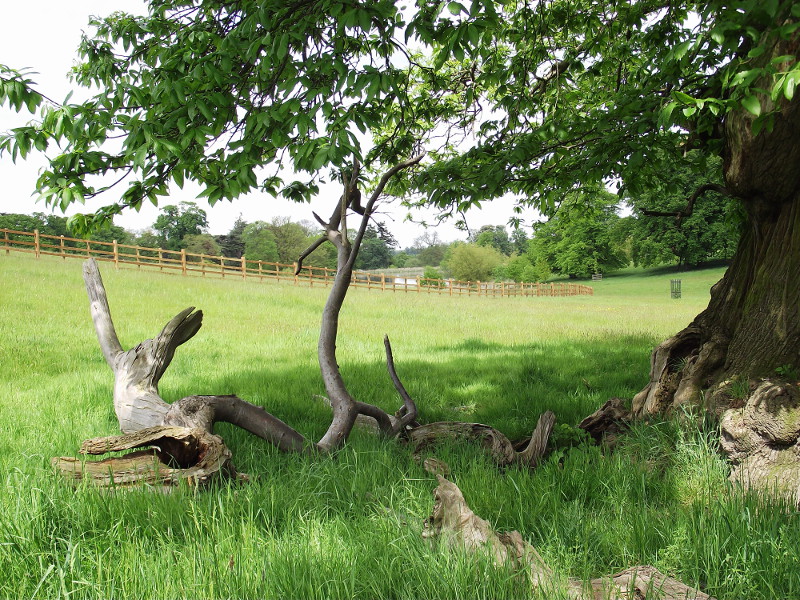
Look in the canopy or on the ground for large amounts of deadwood. (Photo: Kylie Harrison Mellor)

The girth will be large. (Photo: Kylie Harrison Mellor)

Look for damage to the trunk or broken branches. (Photo: Kylie Harrison Mellor)
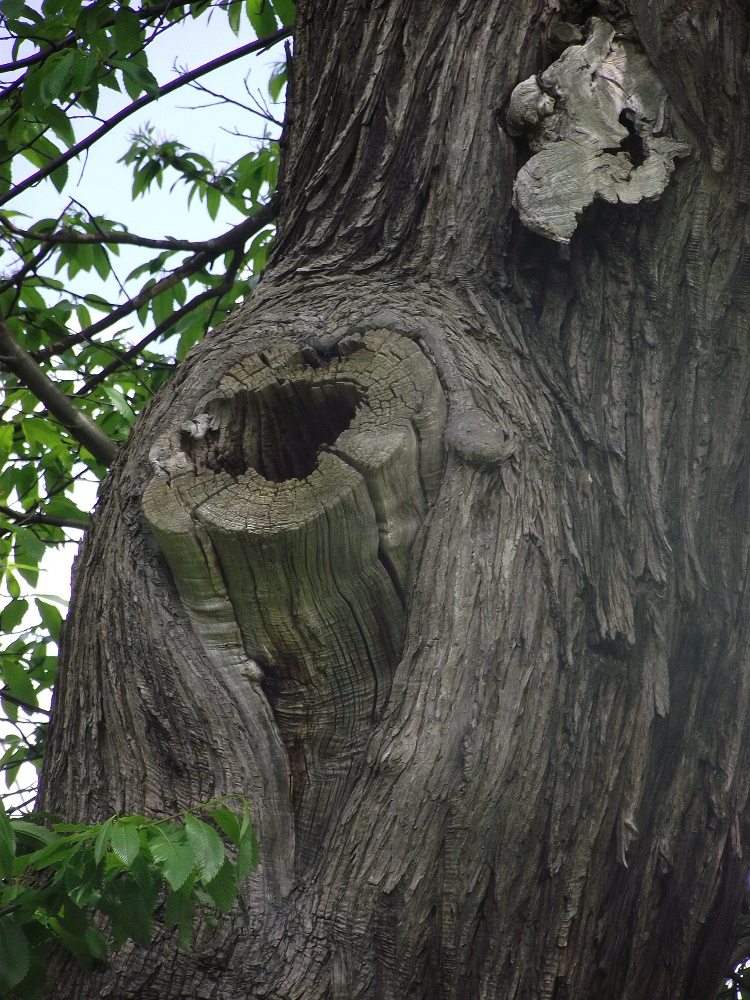
Look out for cavities or holes. (Photo: Kylie Harrison Mellor)

Sweet chestnuts will develop a characteristic twist in the trunk. (Photo: Kylie Harrison Mellor)
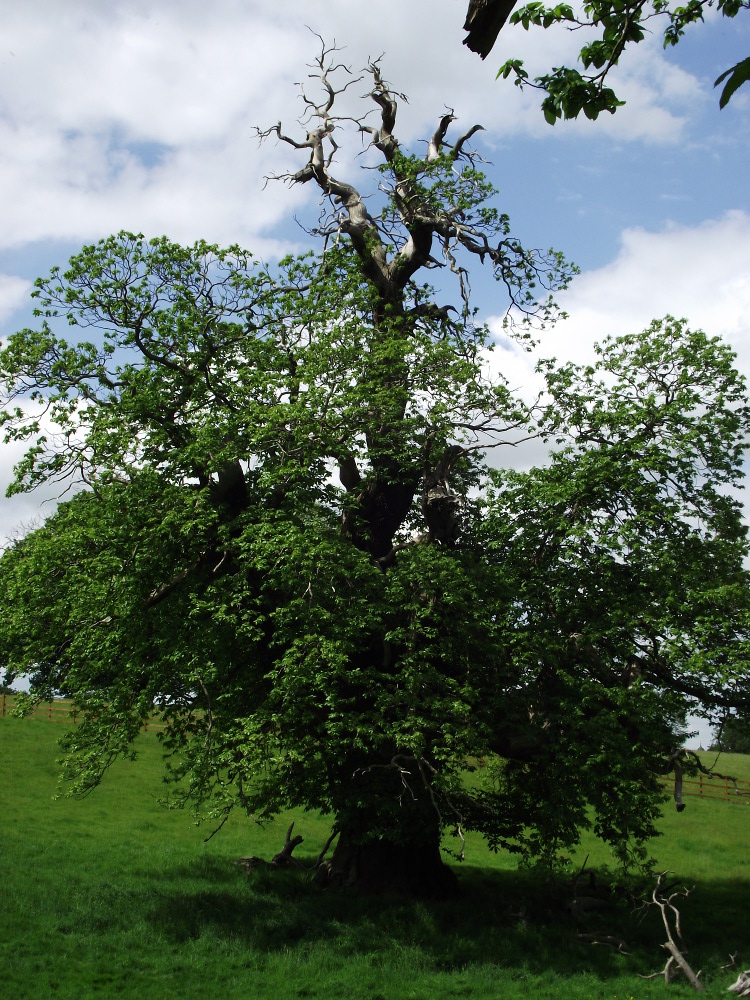
There may be deadwood in the canopy. (Photo: Kylie Harrison Mellor)
